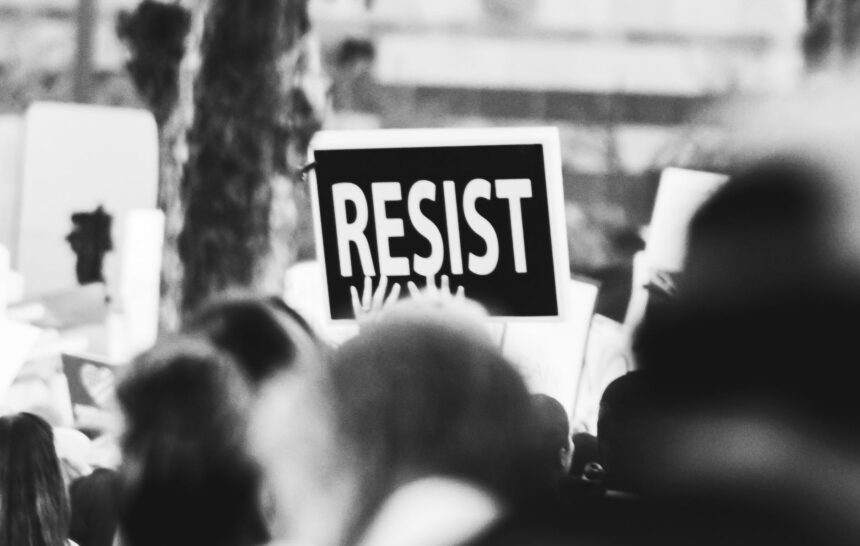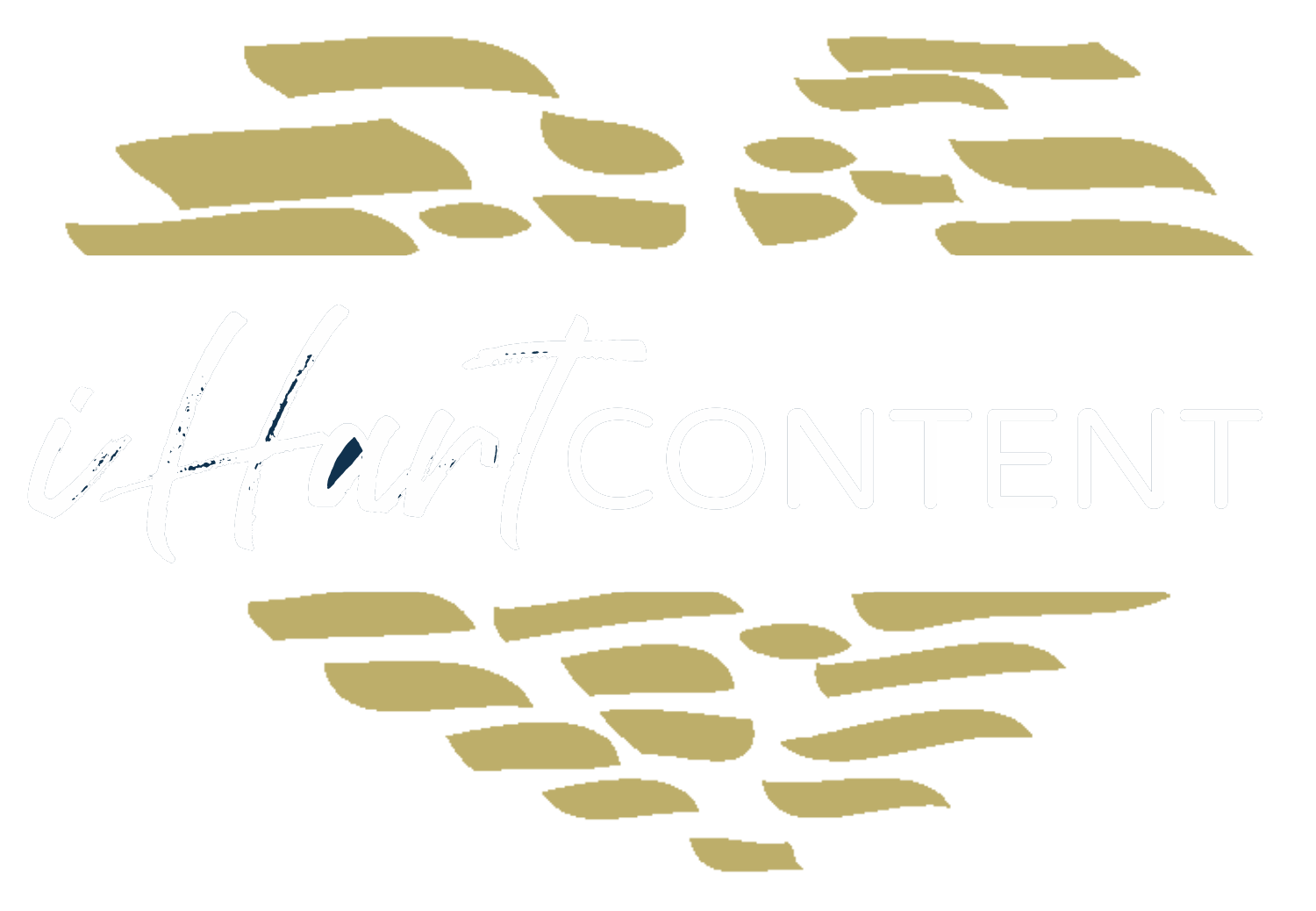2020 was a real heck of a decade, am I right?
Okay, okay. I know. It was just one year, and it’s over now. But come on, between the global pandemic, the craziness that has been the presidential election year, and the many, many reasons so many of us feel compelled to protest, I think we can all agree that we’ve had enough near apocalyptic fun to last a lifetime.
And that half-baked Capitol siege, y’all. What actually was that? It aged me. I woke up this morning with more wrinkles and an urge to scream louder than my two-year-old when Alexa plays the wrong song.
@leximstl When ##Alexa won’t play the right song and you are NOT happy (and you know it) ##toddler ##toddlersoftiktok ##twoyearold ##terribletwos ##funny ##fyp
♬ original sound – Lexi Hartmann
Like it or not, though, as small business owners we are obliged to keep putting one foot in front of the other. It’s our job to slap a smile on our faces and return to business as usual day in and day out.
Or is it?
Consumers are increasingly expecting brands to take a stand on socio-political issues
For those of us who are risk and confrontation averse, I’ve got some possibly distressing news for you. Your customers want to know where you stand on the big issues of the day. They want to know you’re with them, and that you stand for the same values they hold near and dear.
The good news is that being vocal about your brand values, although scary at times, can be good for your business on many levels, not to mention just being plain old good for humanity.
In fact, a shared set of values is one of the key drivers of brand loyalty. But a word of caution: while most of the issues currently being faced here in the United States are nuanced and anything but cut and dry, there truly is a right and wrong way to handle raising your brand’s proverbial fist.
Let’s look at the numbers, shall we?
As far back as 2017, 57% of consumers reported actively buying from or boycotting a brand based on the brand’s stance on a social or political issue.
30% were buying or boycotting more than they did three years prior.
2020 has, of course, brought us buzzwords like “cancel culture” with varying degrees of merit depending on who you ask.
In a more hopeful light, a 2017 study also revealed that more than half of respondents believed that brands have more power to solve social problems than the government.
That means that you as a business owner play a vital role in bringing about the change you wish to see in the world. And it all starts with BrandStanding.
What is BrandStanding
BrandStanding is a term coined to describe a global movement brought to prominence by a significant shift in how consumers think and act.
“It refers to a brand that has deep, authentic values and isn’t afraid to take a stand on issues relevant to its supporters.” says Sara Hijaz at kglobal “The term was developed as an about-face to grandstanding, or being showy, fake or gimmicky. Brands can no longer feign interest in social causes without authenticity to back it up. They must take a stand to remain relevant in the marketplace; today’s consumers are conditioned to sniff out virtue signaling in a heartbeat.”
In short, BrandStanding is a movement towards authenticity in advertising, branding, and marketing.
2017-20 gave us some big brandstanding wins, and some epic fails
Of course it goes without saying that one man’s win is another’s epic failure. But let’s just say that the court of popular opinion and the content marketing world has judged the following campaigns, and ruled as follows:
Nike (#Winning)
Since their groundbreaking ad featuring Colin Kaepernick who was allegedly kept off the NFL roster after kneeling during the National Anthem to protest racial injustice and police brutality, Nike has continued their long tradition of being outspoken on difficult topics.

While the ad and the knee-taking wadded the proverbial panties of certain conservatives, football fans, presidents, and Fox News personalities, many in the marketing world hailed it as a success.
Gillette (#AllTheFeels)
While Gillette’s ‘We believe: the best men can be’ ad also wadded some conservative boxers, this emotionally-charged ad taking on the role of toxic masculinity in the #MeToo era gave many of us all the damn feels.
I’m not crying, you’re crying.
Pepsi (#NoJustNo)
And then there was Pepsi’s epic fail. The now-notorious video ad features Kendall Jenner leaving mid photoshoot to join an unusually happy bunch of protesters (we’re still not exactly sure what they were marching for or against) and attempt to bring about world peace by delivering an ice-cold Pepsi to the police on the front line.

Pepsi says they only wanted to “project a global message of unity, peace, and understanding” but in the midst of a nationwide, and even worldwide protest movement revolving around the police shootings of black people, the ad was, to say the least, tone deaf.
“Clearly we missed the mark” Pepsi said via a written statement “and we apologize.”
For small businesses, brandstanding carries inherent risks
As small business owners, our knee-jerk reaction is often to balk at the idea of being so open about our positions on social issues. After all, we’ve all seen the horror stories of angry, offended customers taking to Yelp to vent their frustrations in the form of negative reviews.
Multinational corporations may be able to withstand a few months or even years of backlash, but us mom and pop shops and solopreneurs probably wouldn’t last a week.
Alienating too many of your customers is always a risk. We’re going to talk in depth about how to manage that risk while still finding ways to bring your brand’s true values to the light in future posts. For now, consider that brandstanding doesn’t always have to be an in-your-face, all-or-nothing part of your messaging.
Sometimes taking a stand can simply mean working to ensure that your brand’s values are reflected in company policy and the way you treat your employees.
Brandstanding doesn’t have to be noisy
For some, like one of my personal favorite examples from clothing brand Patagonia, the brandstanding is part of every company policy and practice. It’s in the very fabric of their unique brand.
As COVID-19 picked up pace, I witnessed countless moms dropping from the workforce like flies, myself included. Since childcare responsibilities tend to disproportionately fall to women, many of us simply couldn’t maintain the same level of commitment to our careers that we had before the lockdown. The result has been women leaving the workforce at a rate four times higher than men in 2020.
Even before the pandemic, retention rates for working moms in the United States have traditionally been pretty dismal. Yet Patagonia has long boasted a 100% retention rate. That means that 100% of moms return to work after maternity leave. Why is that?
It’s because one of Patagonia’s core values is prioritizing work-life balance. They’ve been recognized for providing significant, meaningful benefits for their employees with kids for more than 30 years. Benefits like on-site childcare, 16 weeks of fully paid maternity leave, bussing to help bring older kids back to the company’s headquarters to spend time with their parents after school, no restrictions on breastfeeding (yes, even during meetings) and a host of other benefits.
But Patagonia is also getting something in return for this commitment to fostering work-life balance for parents. High employee retention rates save a lot of money. It is always less expensive to retain a well-trained employee than to recruit, hire, and train a new one. Between the tax breaks, the revenue generated from tuition contributions at the childcare center, and the financial benefits of retaining employees, these perks account for only about .005% of the company’s yearly costs.
Plus, the brand equity they’ve created among women especially is invaluable.
Want to take a stand on that hot button issue? Make sure your company’s values are in alignment
In a time rife with social and political issues, we’ve all seen the vague one-and-done social media posts that seem to tick the box of “we care” for a brand without actually indicating any action whatsoever.
With the rise of the Black Lives Matter movement, these hypocritical, precursory posts have become almost a meme unto themselves.
A statement from [Brand]® pic.twitter.com/XT9tXF9hvz
— Chris Franklin (@Campster) May 31, 2020
The truth is, taking a stand can never be superficial. We as consumers can see right through that, and if it’s not immediately obvious to your customer base, rest assured that a Twitter sleuth will soon dig deep enough to shed light on the hypocrisy.
Truly the most important way your brand can take a stand and take action to create a better world is by living your values in your day-to-day operations.
Do you believe black lives matter? Great, make sure that your leadership, hiring practices, and the treatment of your team members reflect that.
Do you believe in gender equality? Then there’s no excuse for gender-driven pay gaps in your organization.
Do you support a living wage? It all begins with you.
Do you believe love is love? Then be sure you’re building company policies that provide the same level of access and benefits to your LBGTQ employees and leaders as their straight counterparts.
Want to help the environment? Make sure your company policies are eco-friendly.
In short, whatever your brand stands for, the first place it should be reflected is in your policies and practices. There is nothing less authentic than a brand that paints themselves as socially conscious, but doesn’t practice what they preach.
If and when you choose to be publicly vocal about your position, it’s imperative to look for help in the right places, as well. According to God-is Rivera, global director of culture and community at Twitter, brands should figure out what they can do to provide real value. That means connecting with the community you’re hoping to be in alignment with, and working directly with organizers to figure out an appropriate context for your involvement.
“Listen before doing. Listen and ask what is needed” Rivera stated in a June 2020 article from CNBC titled The right way for companies to weigh in on racism, according to experts. .
What does taking a stand look like in your organization?
Here at iHartContent, taking a stand means being unapologetically authentic in our language and communications, even though it’s admittedly scary at times. It means being vocal and honest about the issues we believe in, while being open to the possibility that beliefs and values change and evolve over time. It means we may at some point get things horribly wrong, but we’re committed to listening, learning, and correcting our path when needed.
Whatever your brand stands for, it should first reflected in your policies and practices. There is nothing less authentic than a brand that paints themselves as socially conscious, but doesn’t practice what they preach.
Tweet
We believe black lives matter. We believe love is love. We believe in treating immigrants and their children with dignity and compassion. We believe that words matter, and they have the power to cause immense harm.
Above all, we believe that truth matters and it’s worth digging to find it.
Everyone involved with iHartContent believes strongly that doing the deep work of soul-searching, listening to the lived experiences of others, thinking critically, and reflecting on the influence of privilege in both our lives as well as our brand is the path to authenticity. We believe authenticity can change the world.
What does taking a stand look like in your organization? Will you embrace brandstanding in your company this year? How have you navigated these polarized times? Let us know in the comments!








One Response